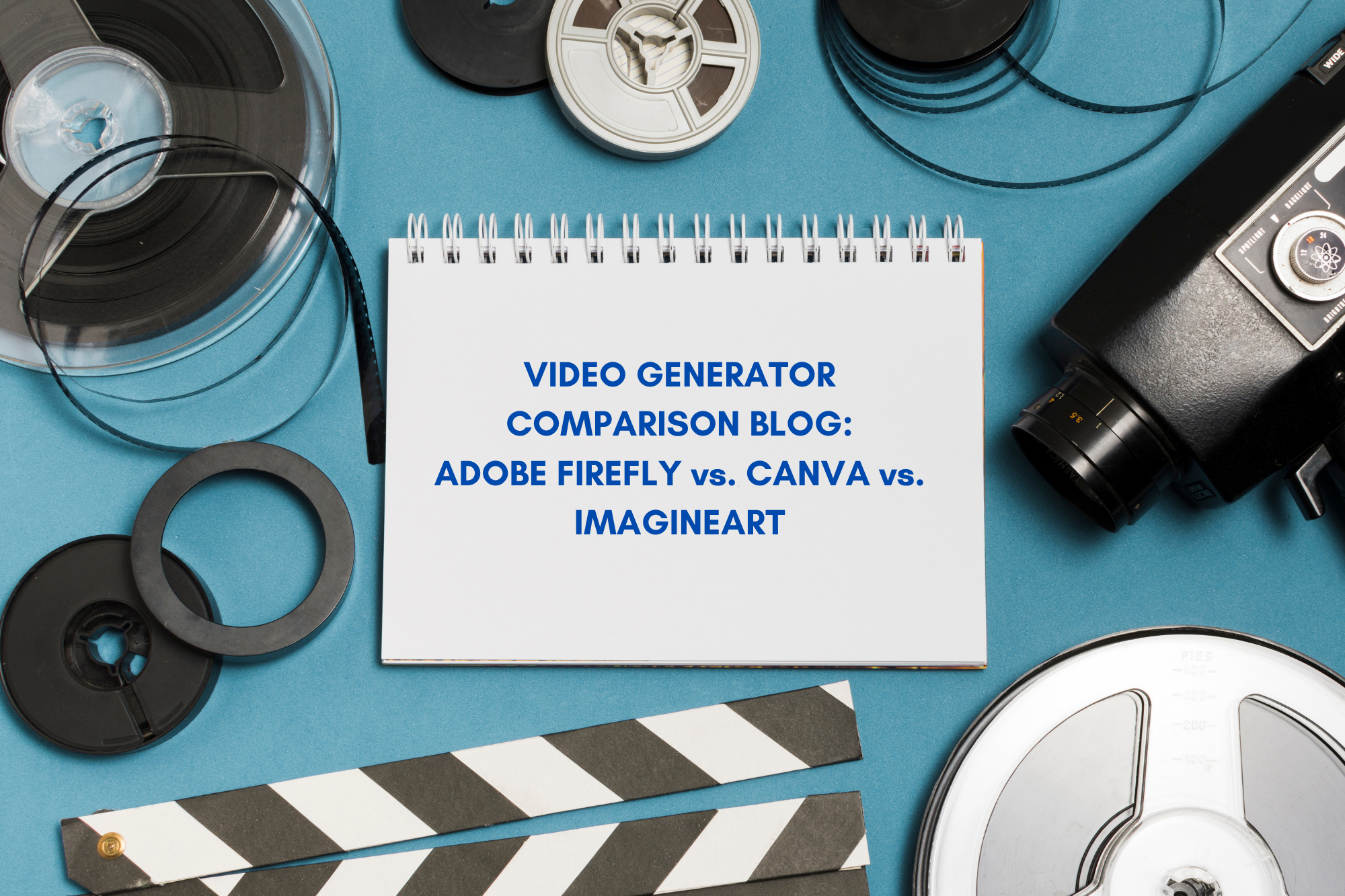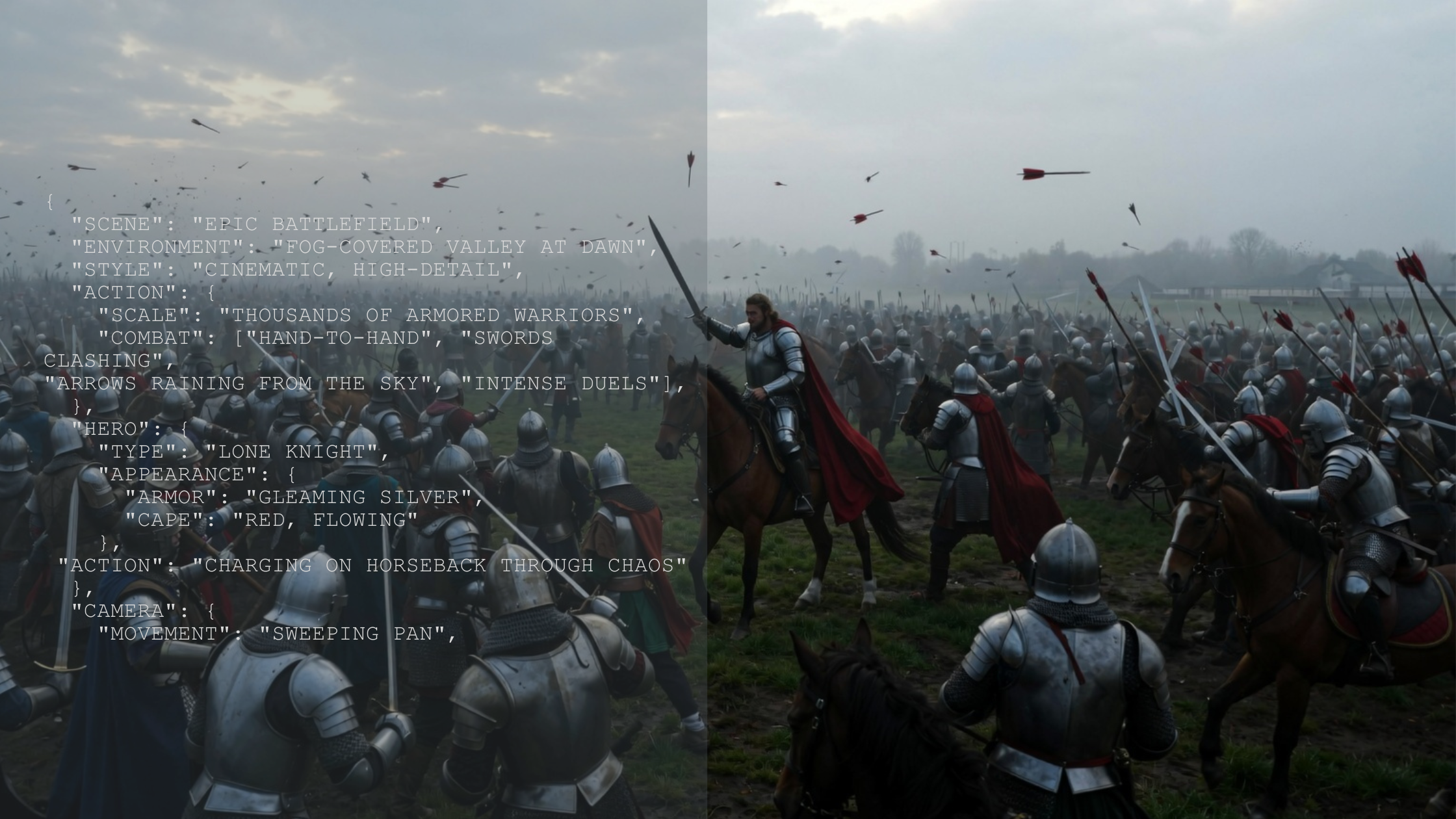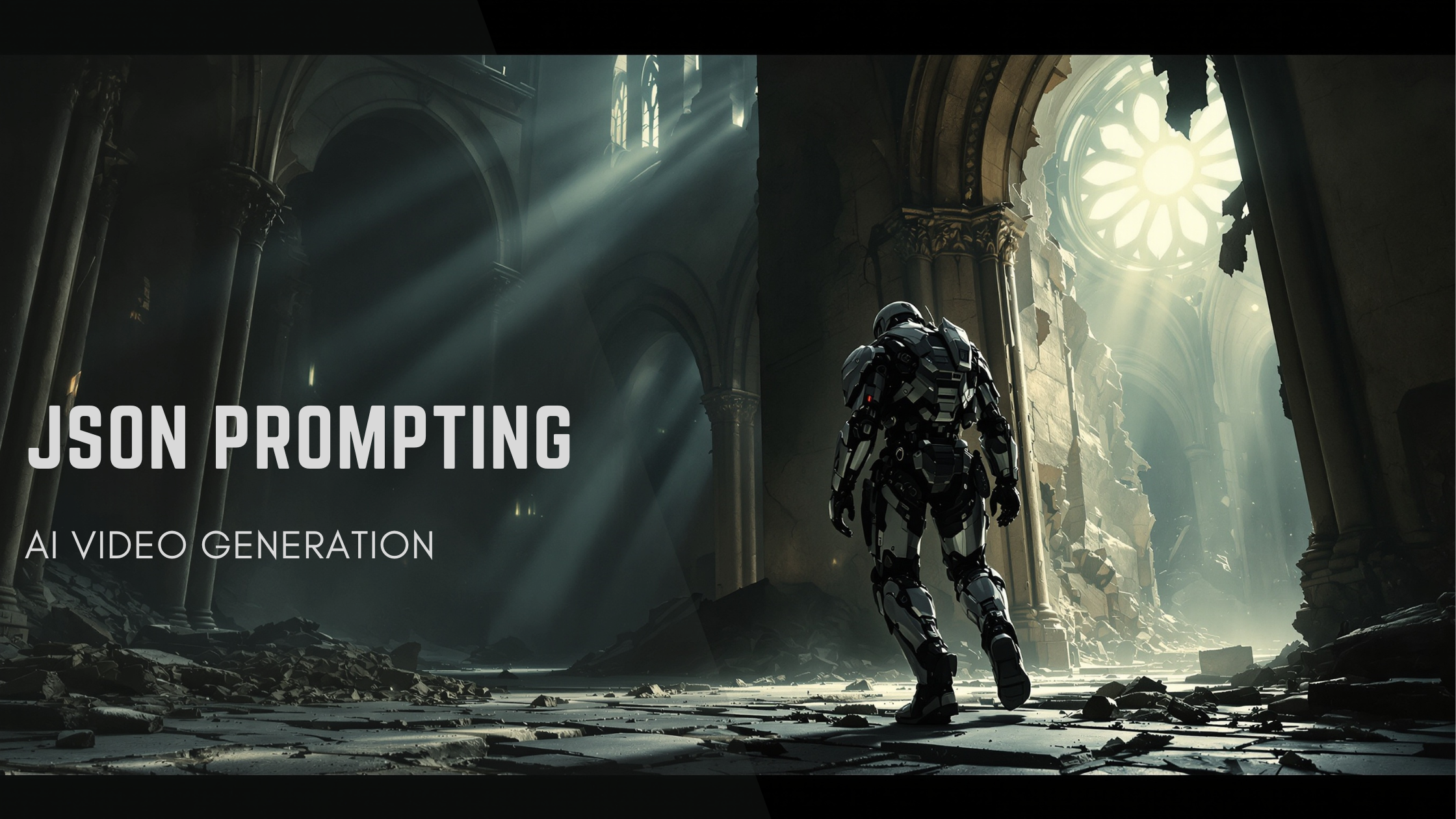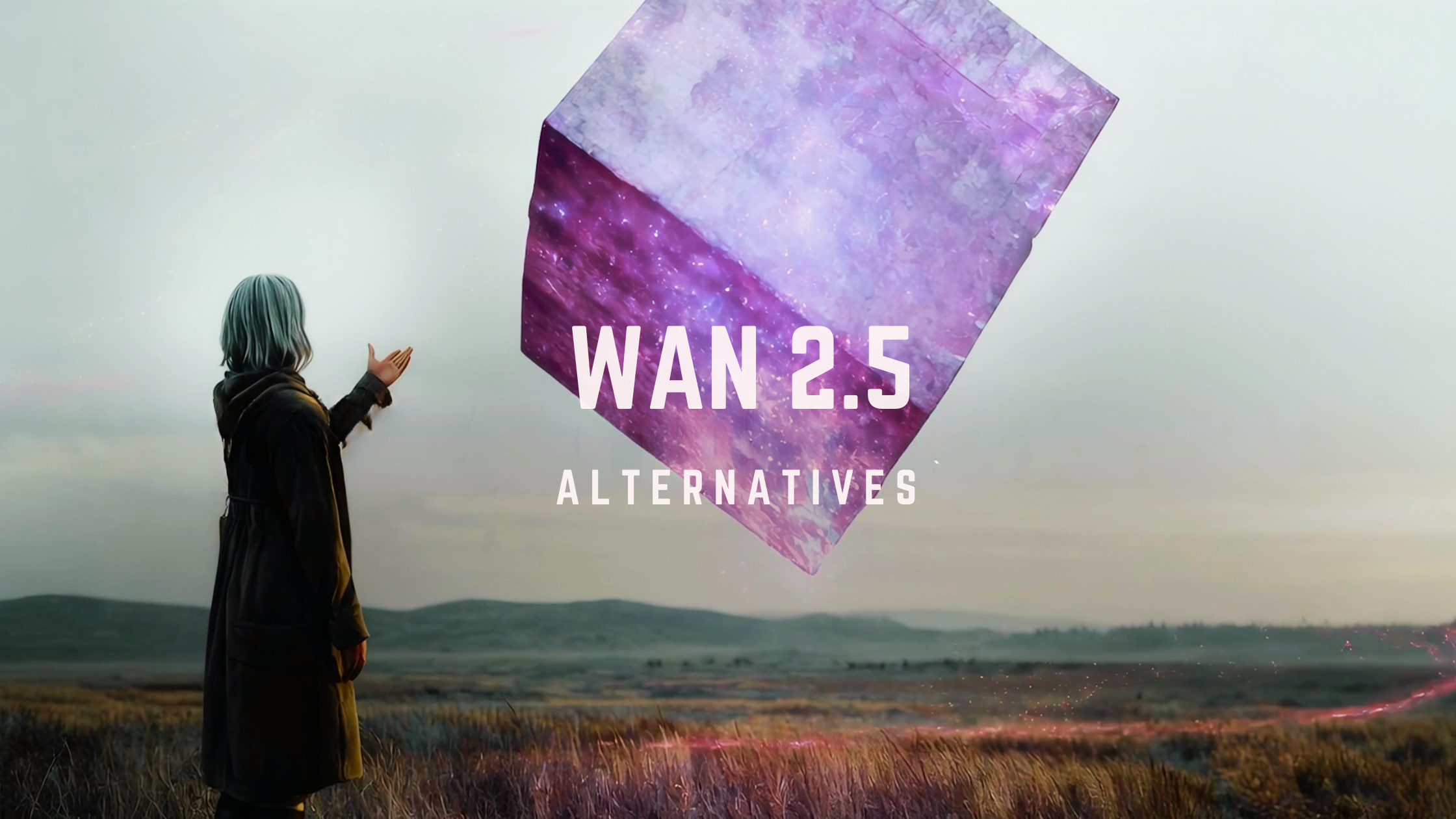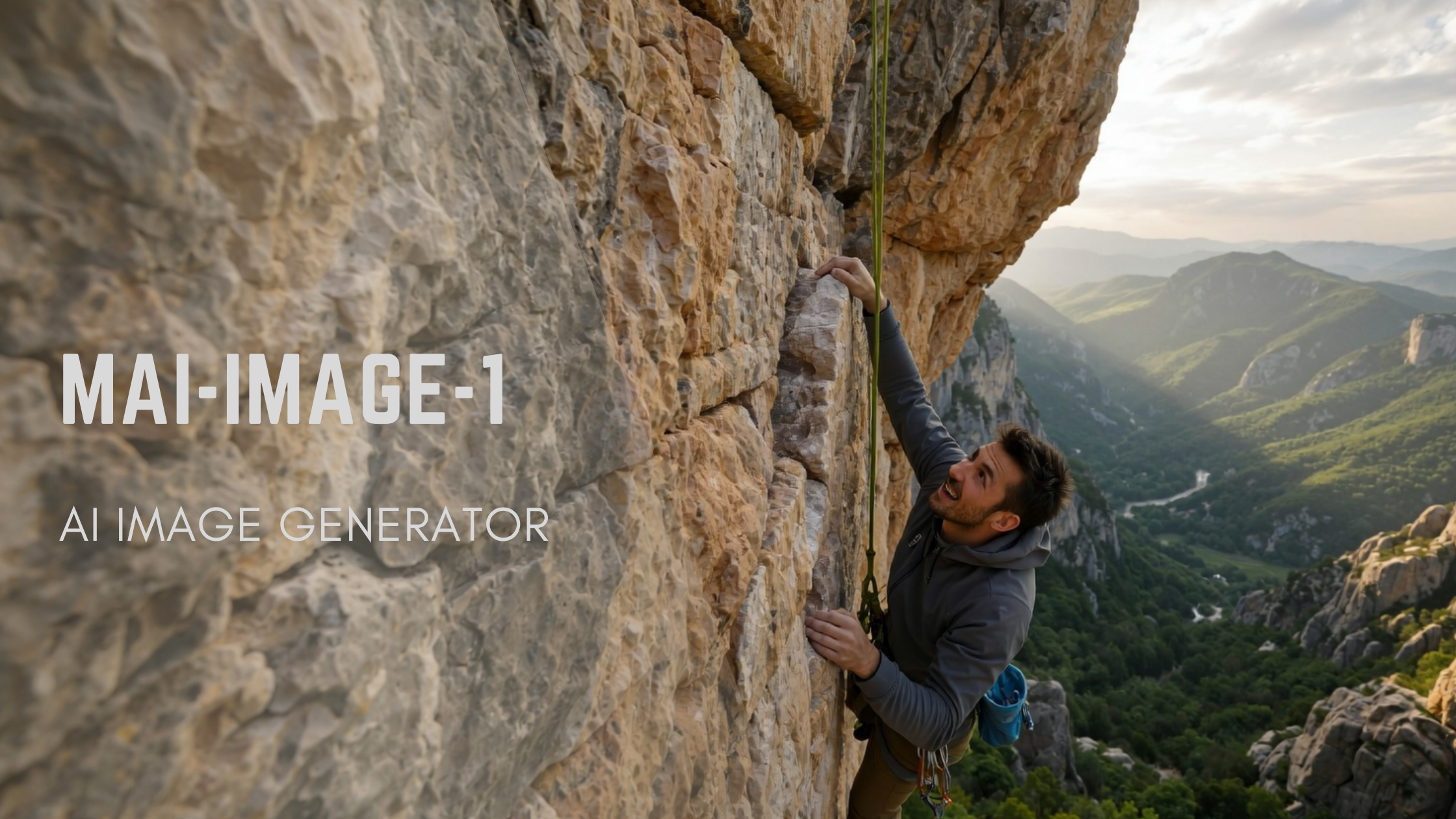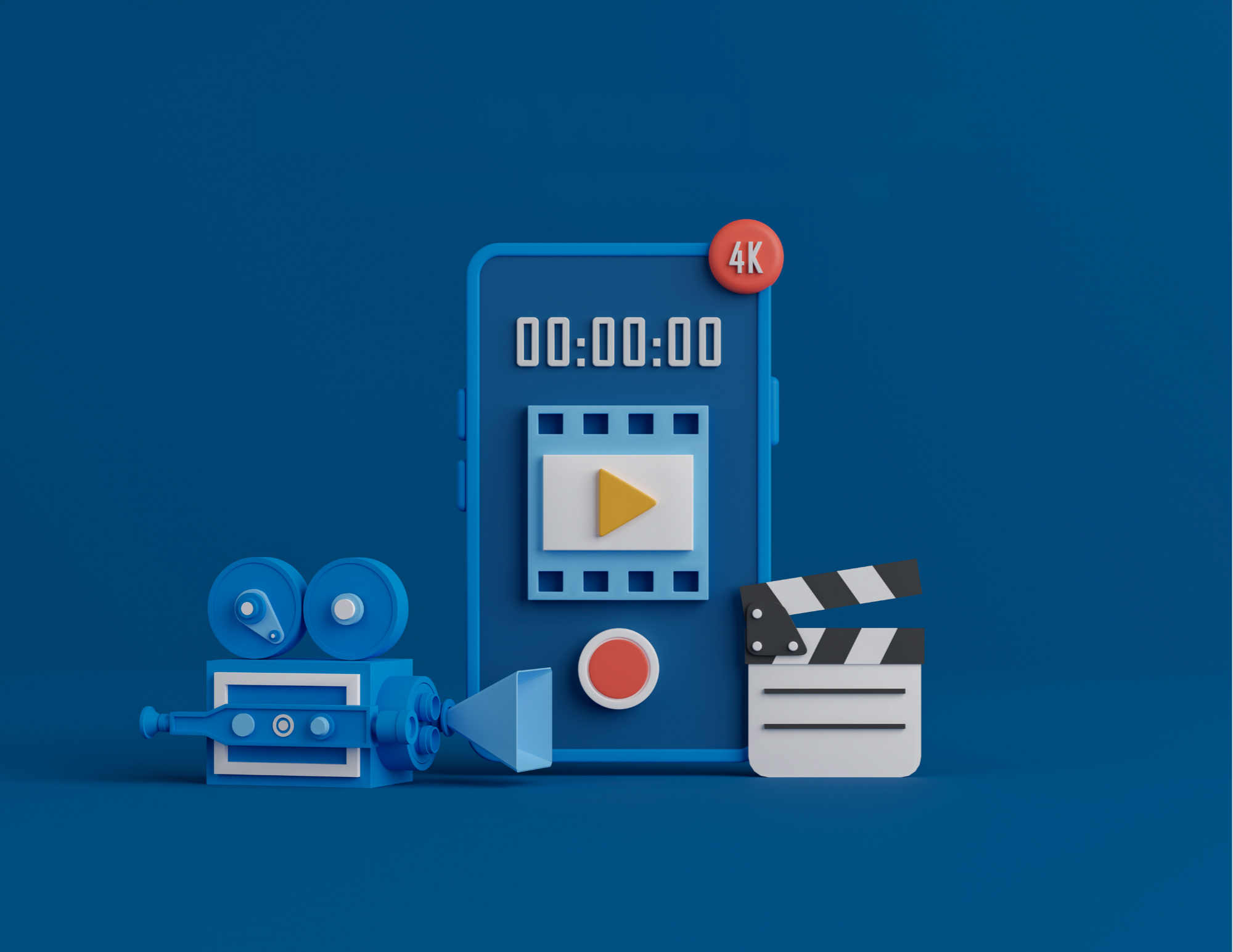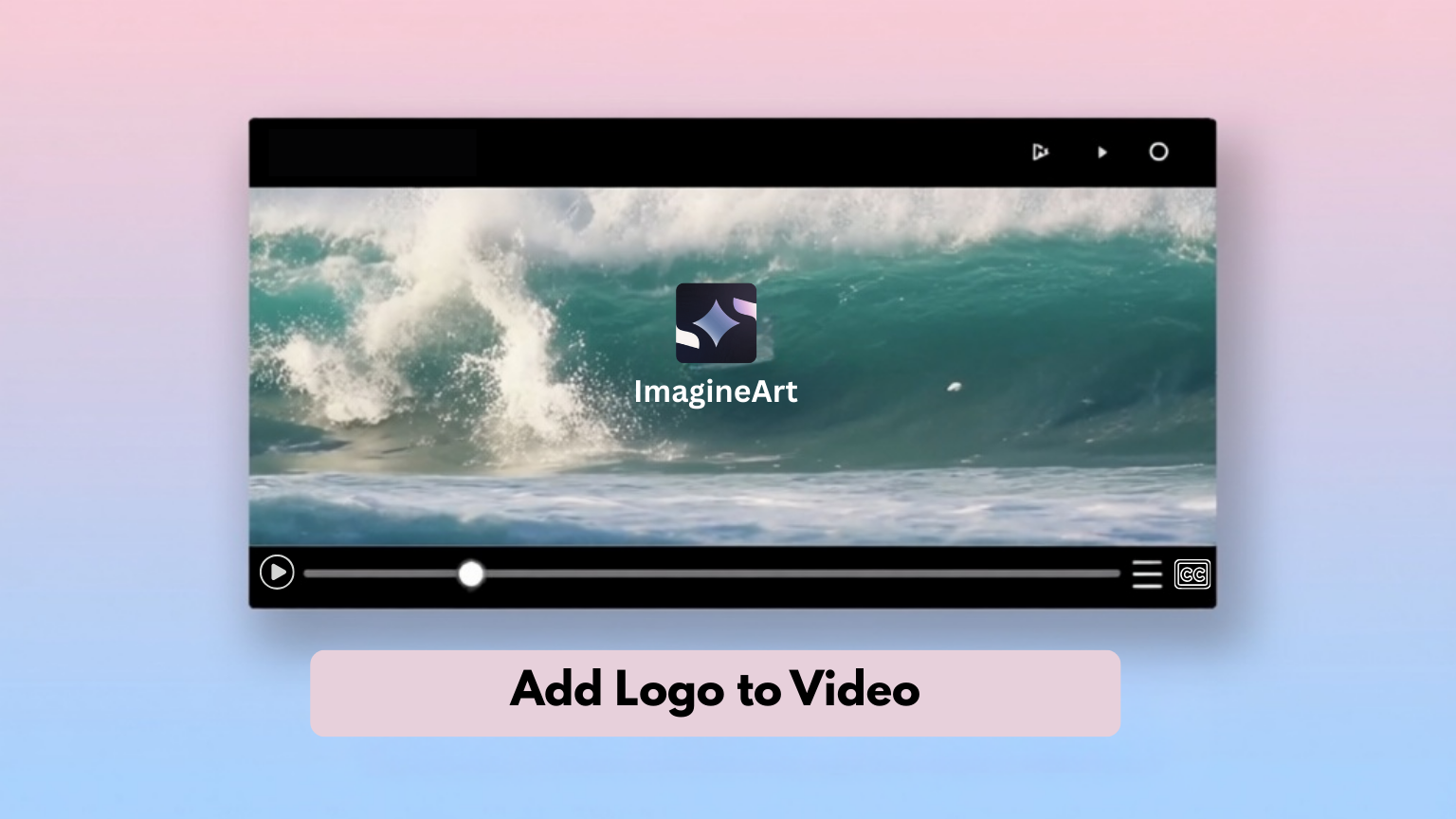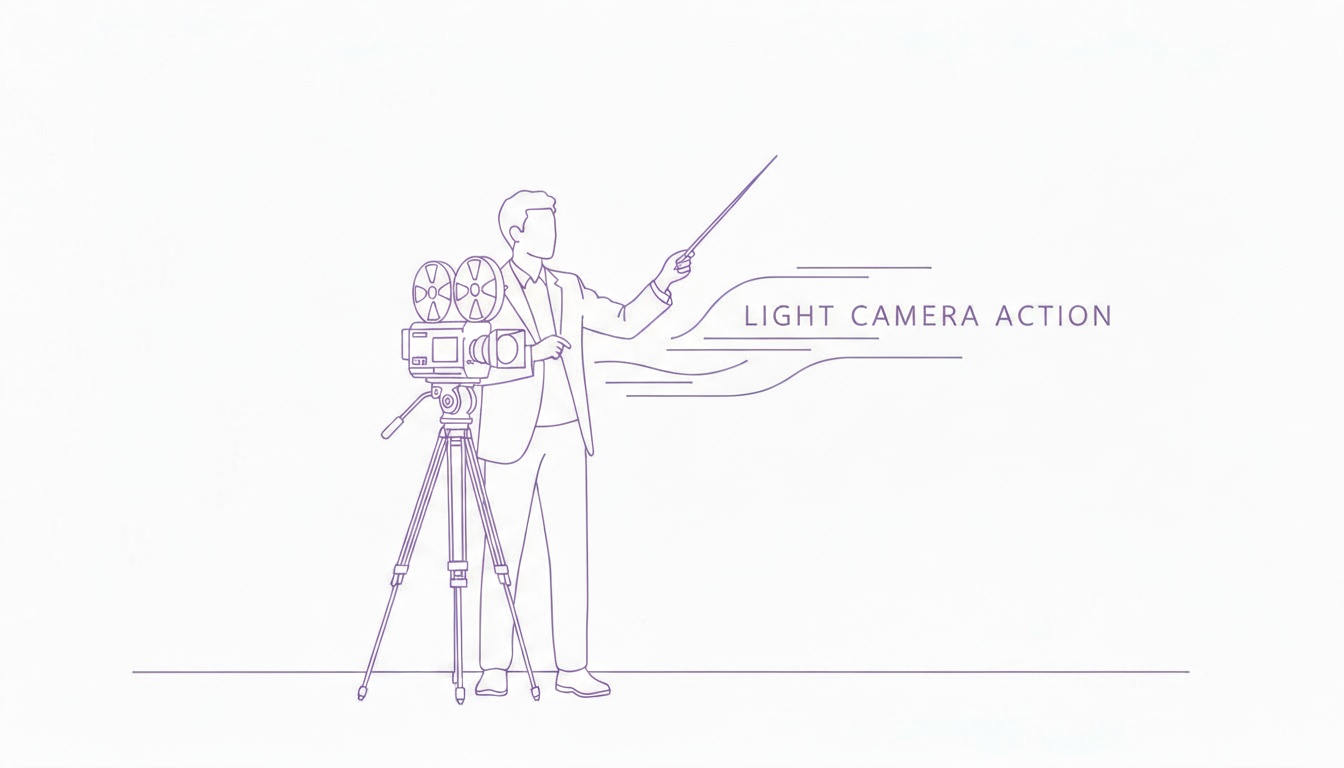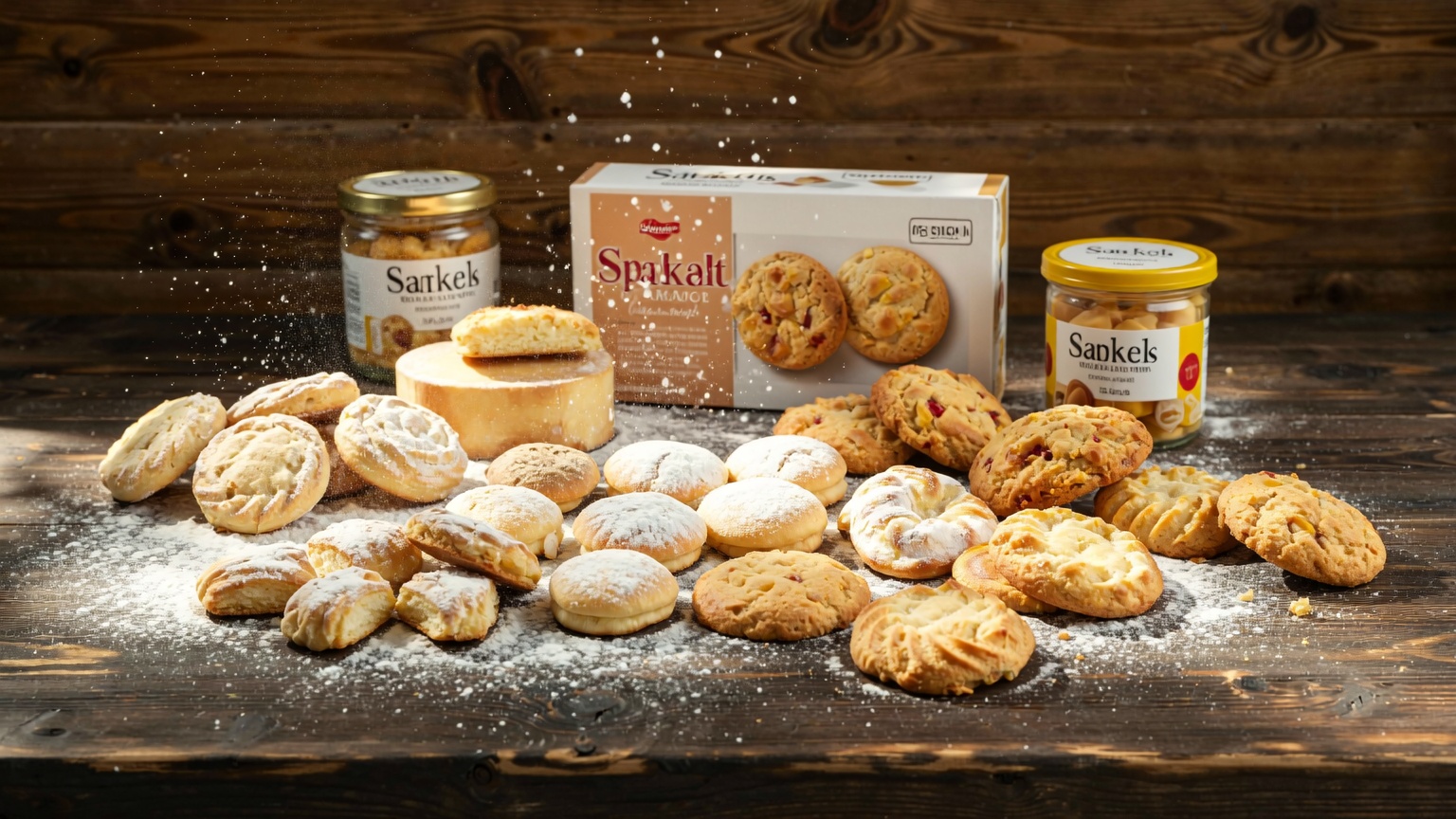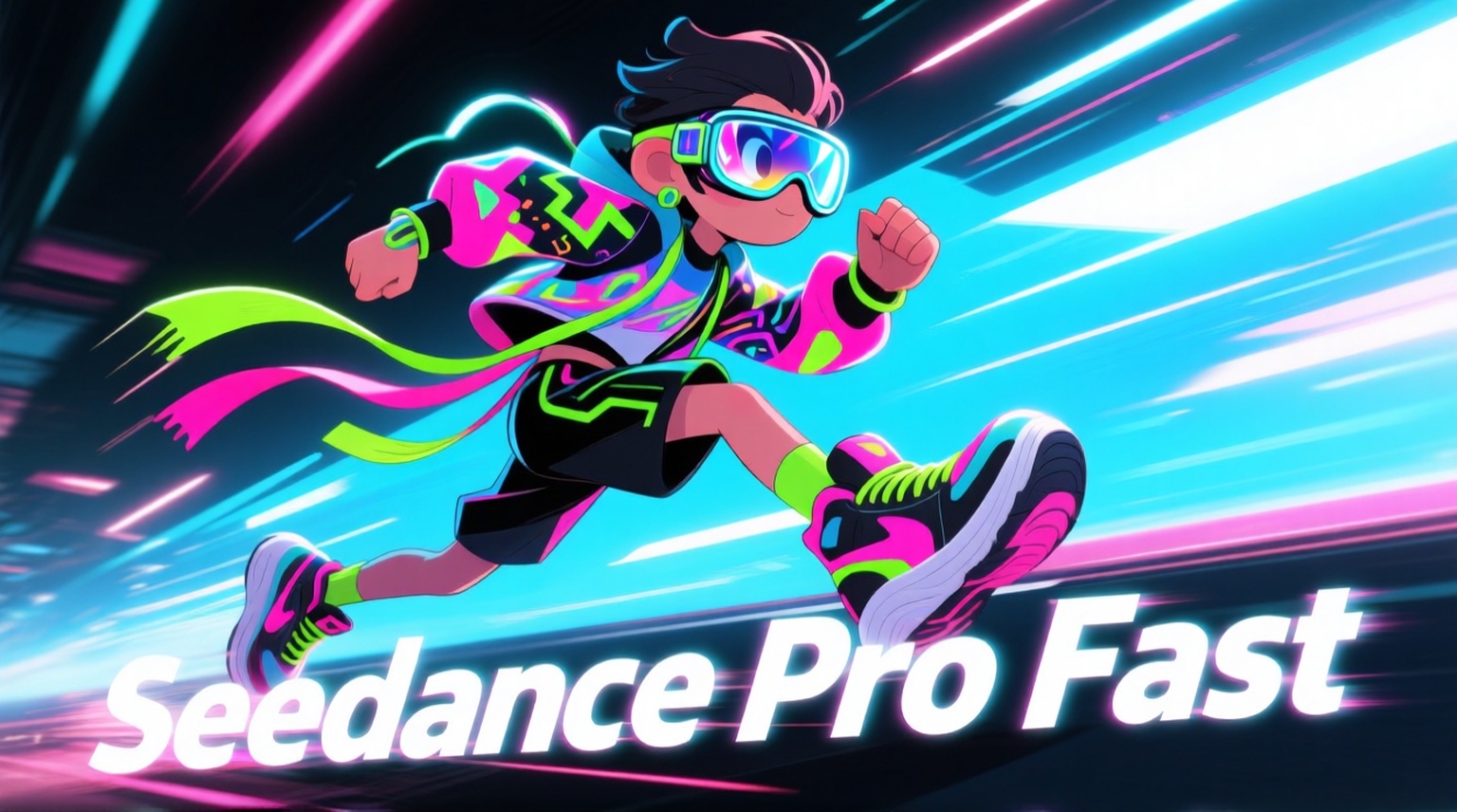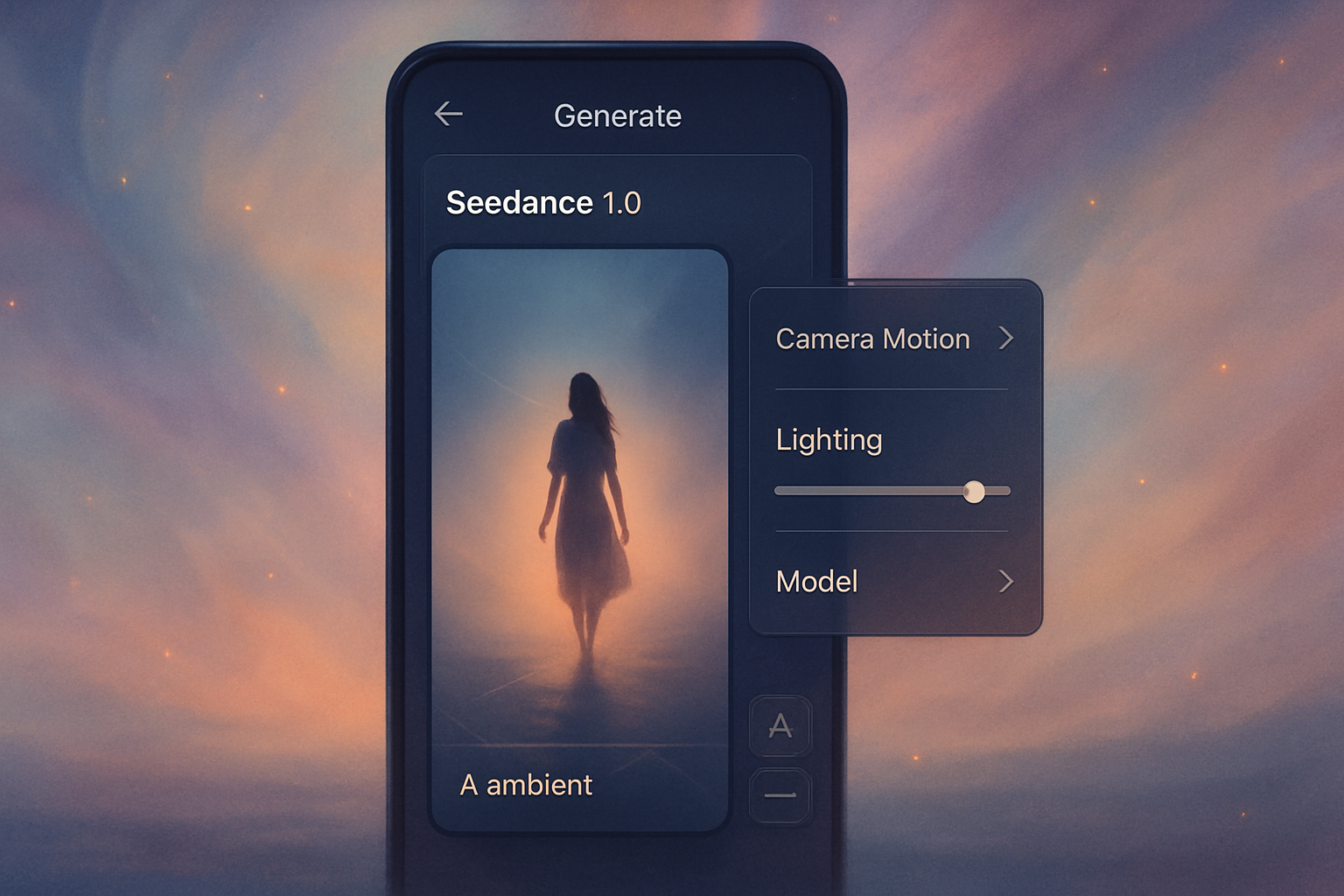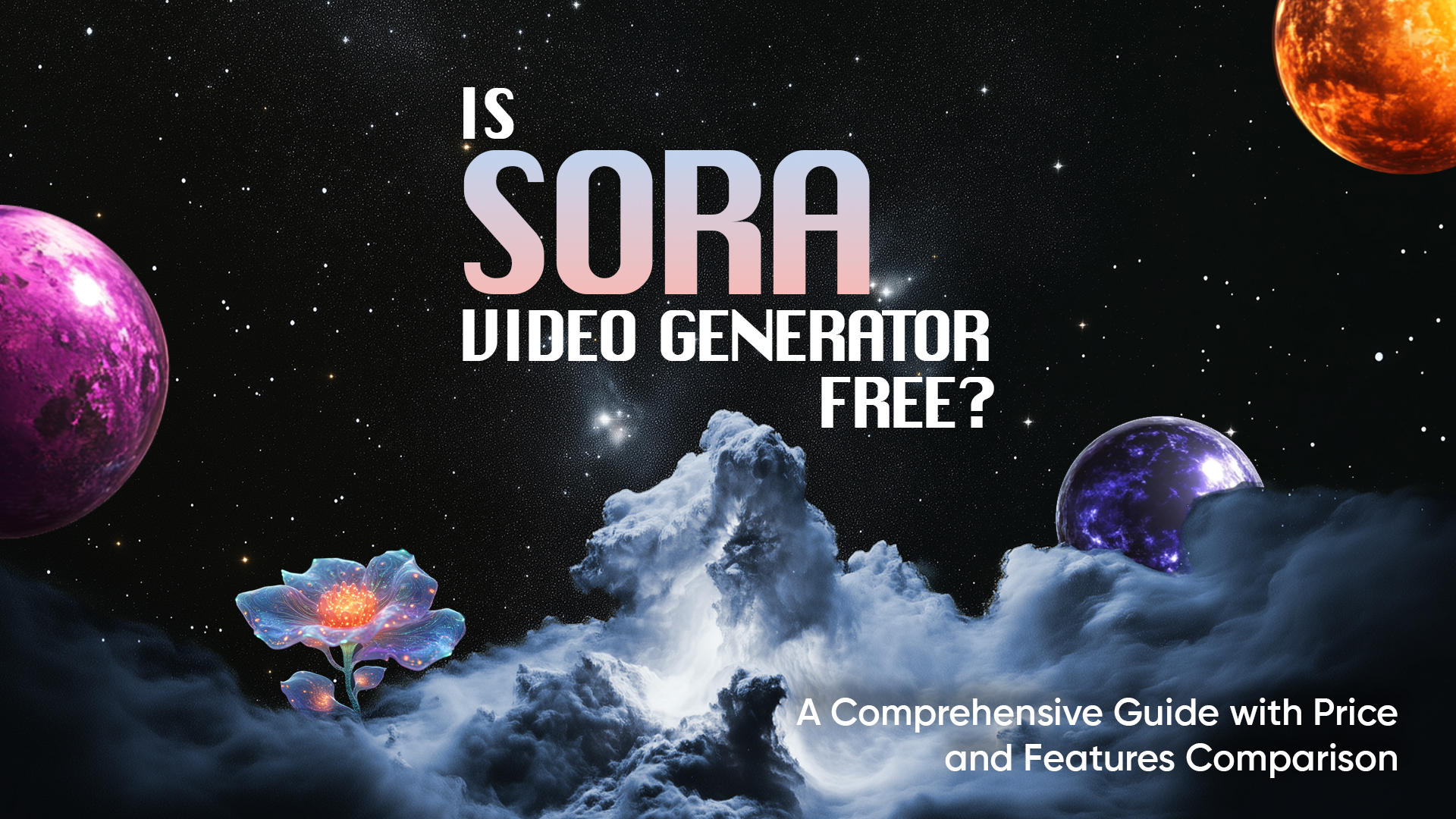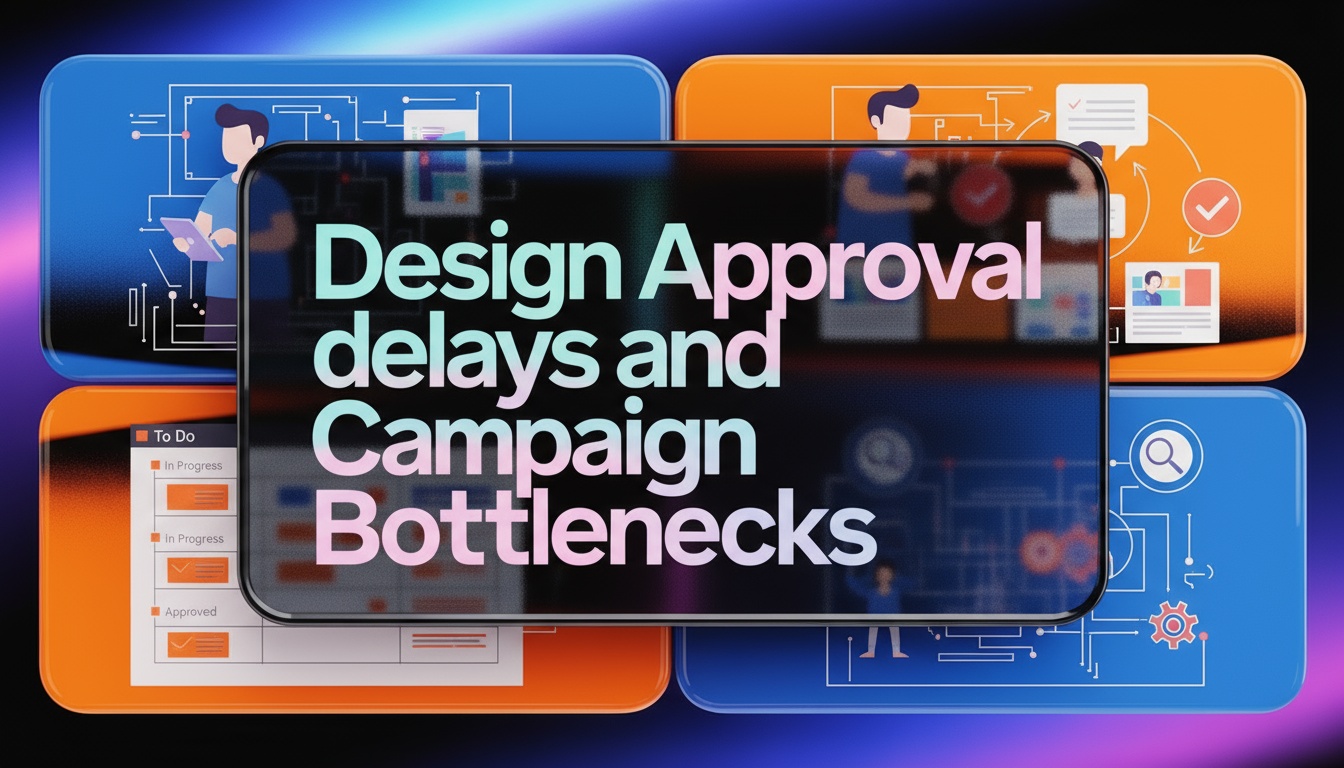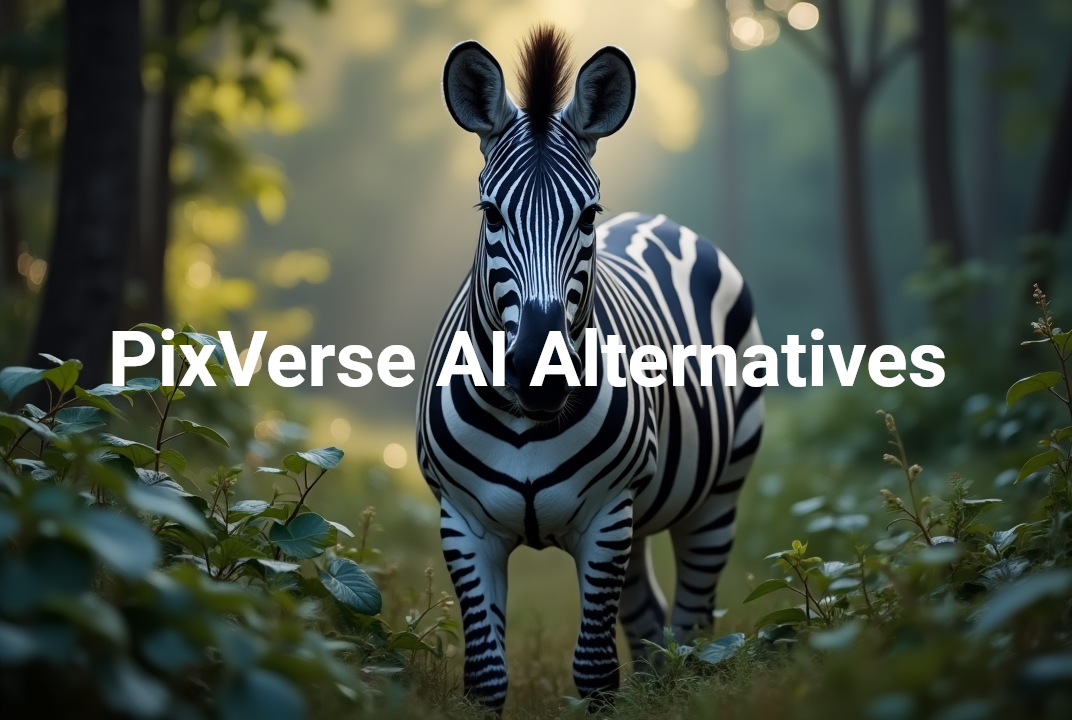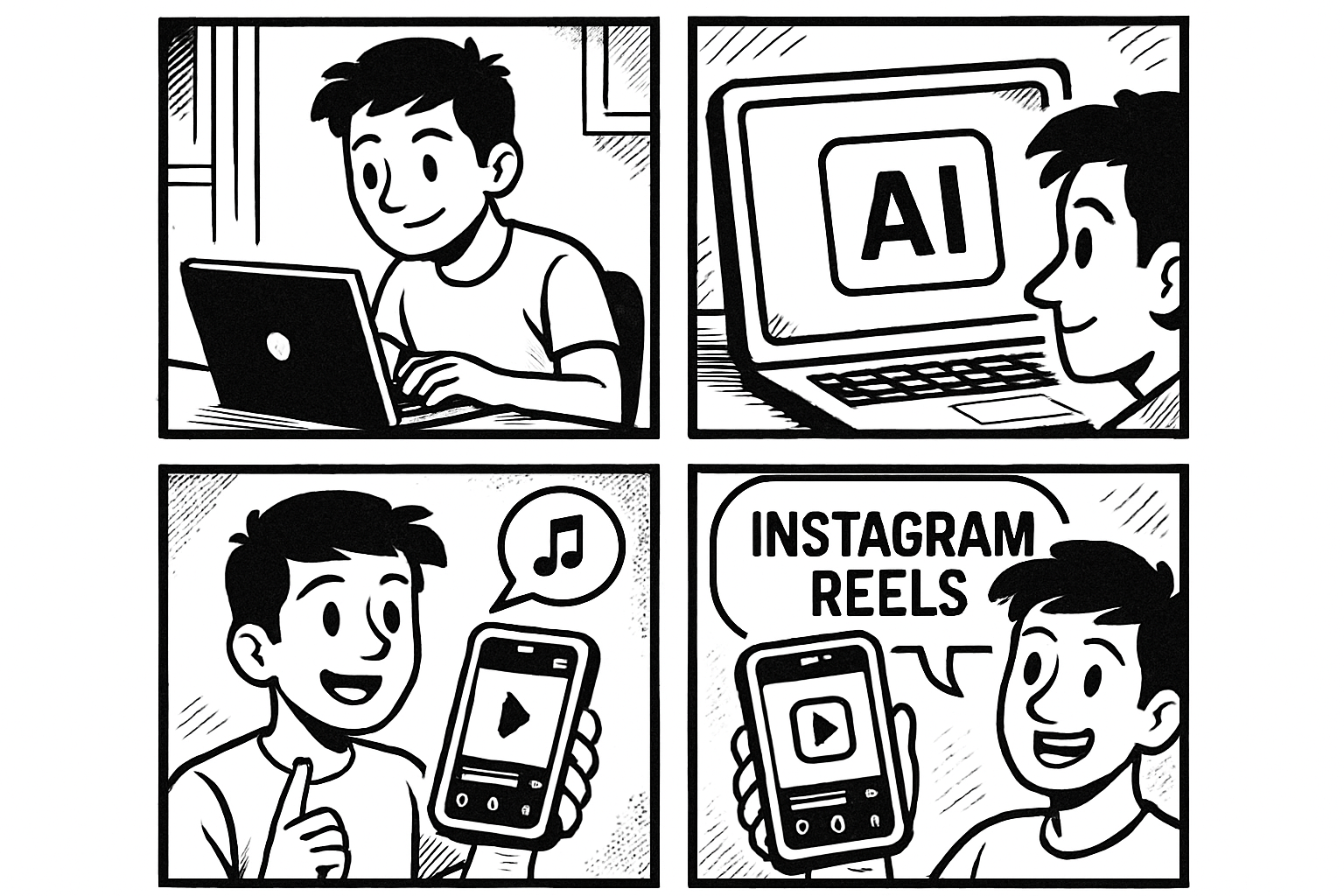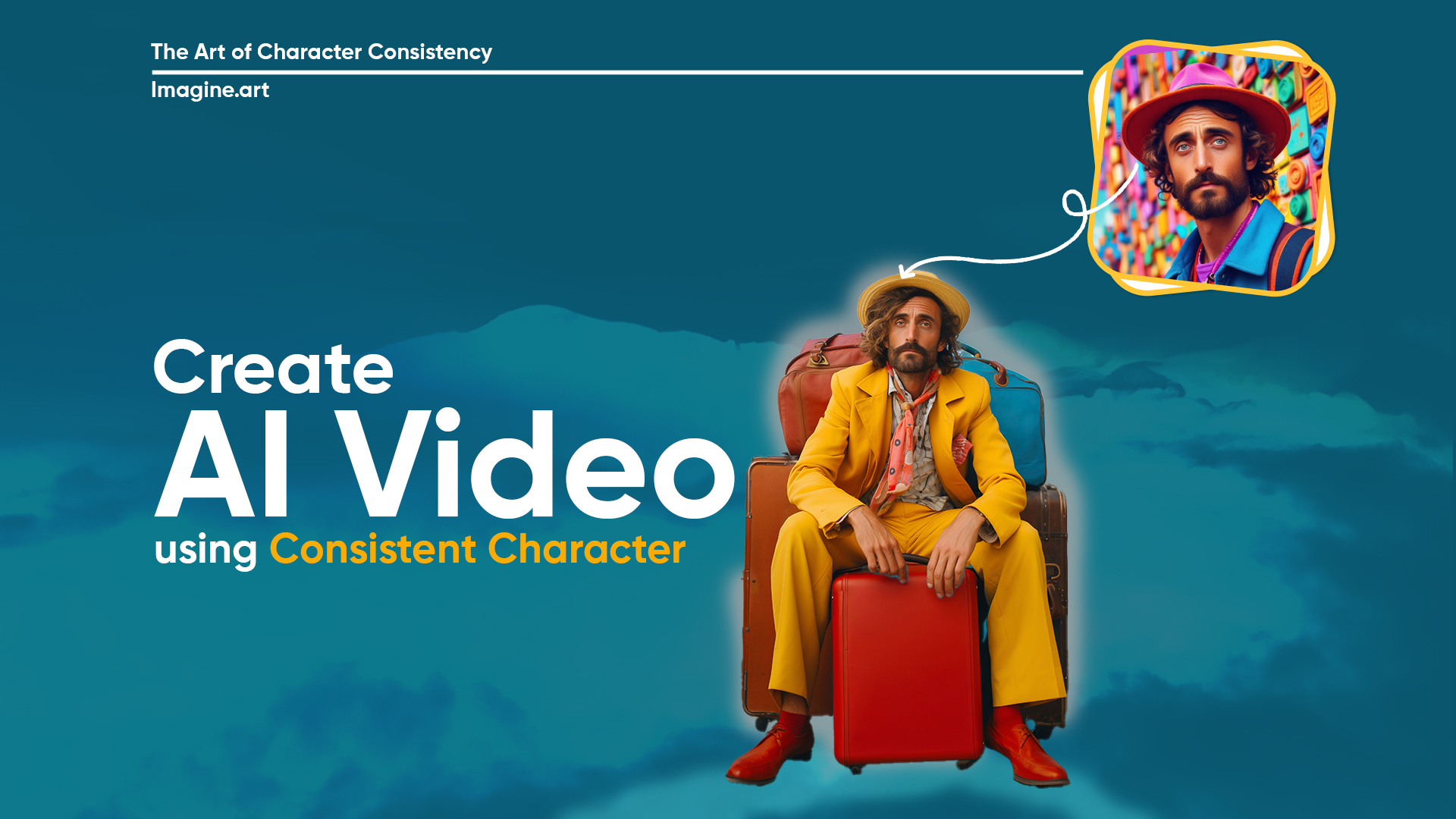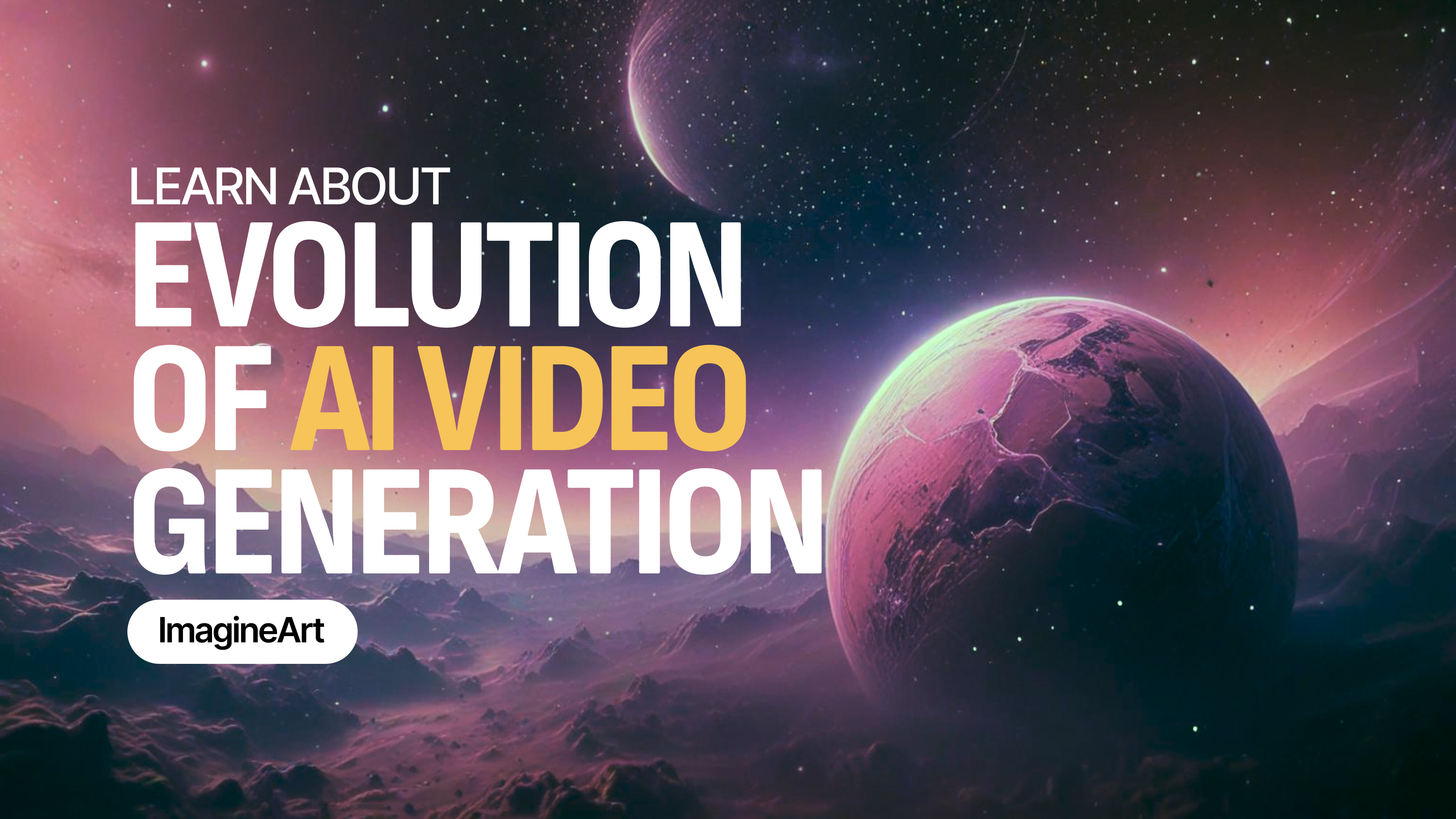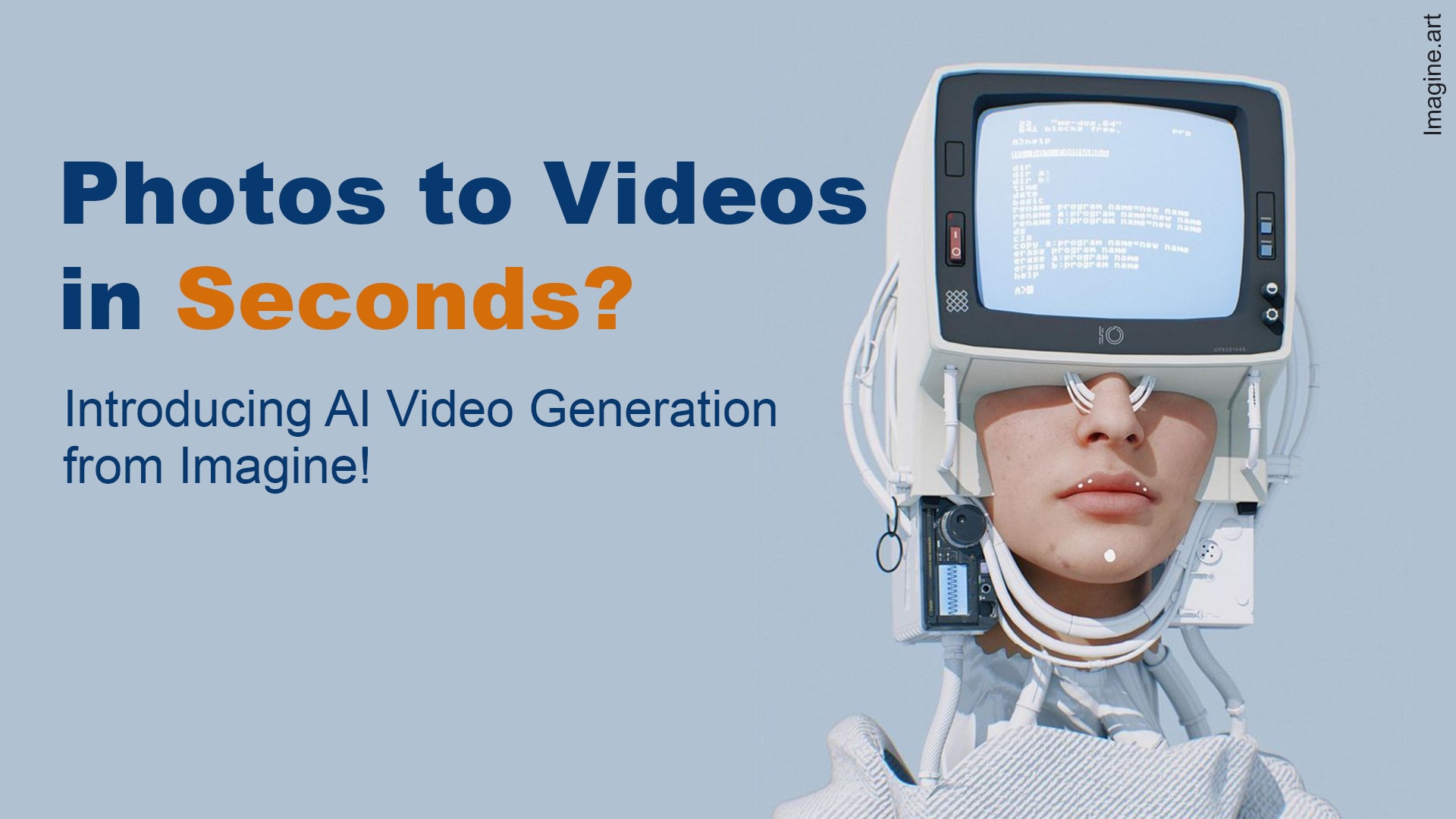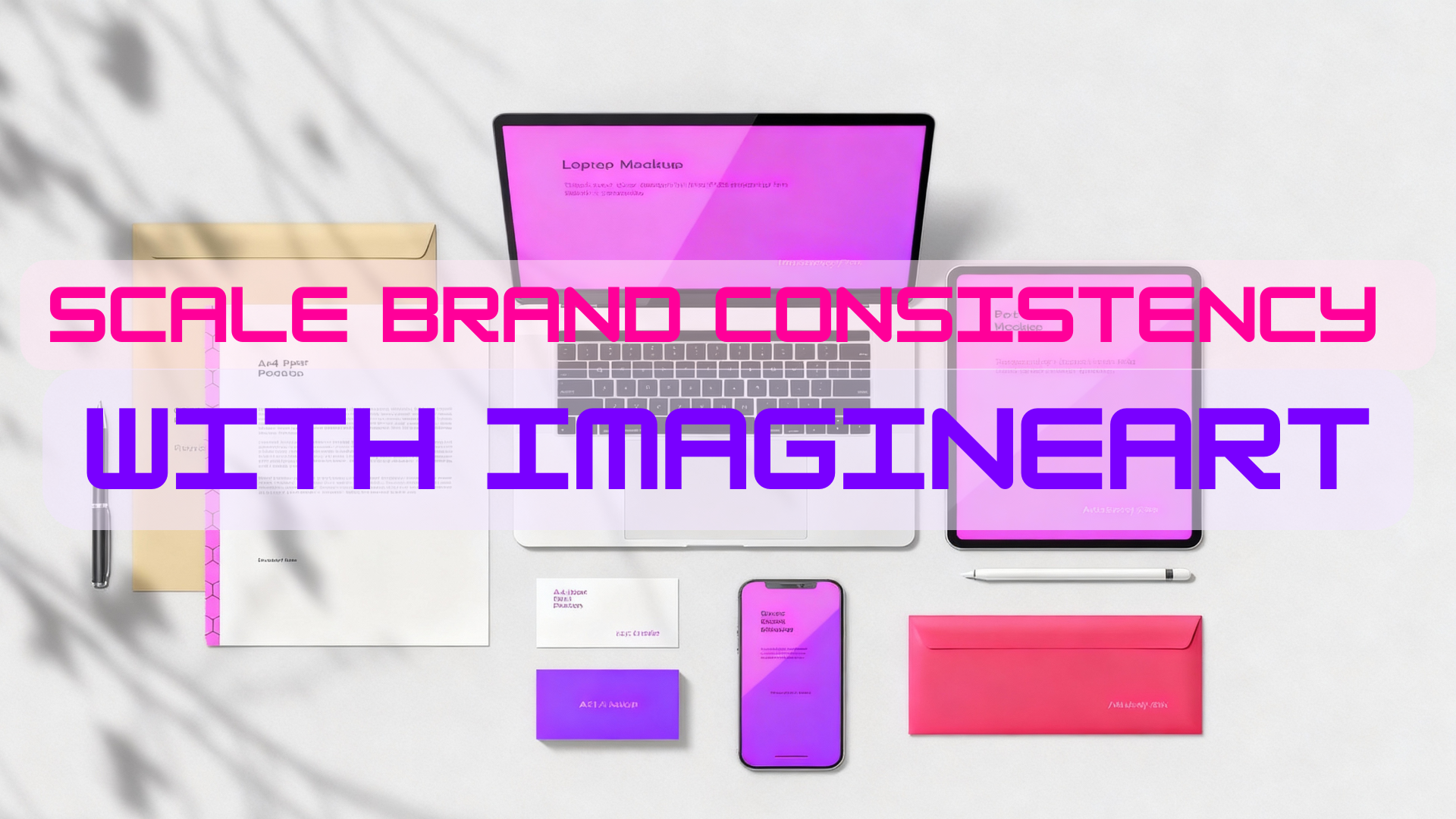

Zahida Misher
Fri Oct 03 2025
4 mins Read
Brand consistency is more than just using the same logo or color palette. It’s about delivering a unified experience across every touchpoint—whether it’s a social post, an ad campaign, or a customer email. And in today’s digital-first world, where teams are spread across time zones and functions, keeping that consistency can feel like an uphill battle.
The truth is, scaling brand consistency isn’t about creating stricter rules or endless brand guidelines. It’s about enabling collaboration inside the tools your teams already use. When design, marketing, and content teams can work together—commenting, co-creating, and sharing projects in real time—that’s when true brand consistency emerges.
Why brand consistency matters
Before we dive into the “how,” let’s revisit the “why.” Studies show that consistent branding can increase revenue by up to 23%. That’s because consistency builds recognition, trust, and loyalty. Imagine interacting with a brand whose Instagram feed looks completely different from its email campaigns, or whose website voice doesn’t match their customer support tone—it creates confusion and weakens the relationship.
Consistency tells your audience: “We know who we are, and you can trust us to deliver.”
But the challenge is, as teams grow, so does the risk of fragmentation. Different departments often work in silos, using disconnected tools, saving files on personal drives, or emailing design versions back and forth. The result? Outdated logos in presentations, mismatched fonts on ads, and off-brand visuals sneaking into campaigns.
The collaboration problem
Traditional brand guidelines are static—they sit in a PDF or a shared drive, rarely opened after the onboarding process. They explain the “rules,” but they don’t make it easy for teams to follow them.
Here’s where many teams struggle:
- Scattered workflows: Designers in one tool, marketers in another, content writers in yet another.
- Version chaos: Multiple drafts floating around email threads or Slack channels.
- Delayed feedback: By the time comments are gathered, the campaign deadline has passed.
In other words, brand inconsistency doesn’t happen because people don’t care. It happens because collaboration isn’t built into the workflow.
The real deal: Collaboration inside the tools
The secret to scaling consistency isn’t stricter oversight—it’s empowering your teams to collaborate where they work. When feedback, comments, and co-creation happen directly inside your design or content tools, everyone stays aligned.
Here’s what that looks like in practice:
1. Shared projects for a single source of truth
Instead of emailing around files or digging through folders, teams work from one shared project space. Every asset—ads, social posts, presentations—lives in one hub. Updates are visible instantly, which eliminates the risk of outdated versions floating around.
2. Real-time commenting and feedback
No more guessing games. When a marketer can comment directly on a design—“Can we try the headline in bolder text?”—and the designer sees it in context, revisions are quicker and more accurate. Everyone has visibility into decisions, which cuts down miscommunication.
3. Co-creation across roles
When teams can create together inside the same platform, collaboration becomes natural. Designers can lay out visuals, copywriters can drop in text, and marketing managers can tweak calls-to-action—all within one shared workflow. This ensures every stakeholder feels ownership while keeping brand assets cohesive.
4. Presets to empower non-designers
Collaboration also means democratizing brand creation. Prresets allow anyone—whether they’re in sales, HR, or customer support—to create and experiments without pinging the design team. Instead of diluting brand standards, this empowers teams to contribute while still staying consistent.
The business impact of collaborative consistency
When brand consistency is scaled through collaboration, the benefits go far beyond design:
- Faster campaigns: With everyone working in the same place, approvals and iterations move at the speed of your market.
- Reduced rework: Less time wasted fixing off-brand assets or redoing work lost in version chaos.
- Stronger identity: Every campaign reinforces the same brand story, deepening recognition and loyalty.
- Happier teams: Collaboration reduces silos, frustration, and endless back-and-forths. People feel empowered instead of micromanaged.
Ultimately, consistency becomes less about policing and more about empowering. Instead of bottlenecks, your brand becomes a shared responsibility that everyone can contribute to.
Scaling consistency with the right tools
The future of brand management isn’t a dusty guidelines document—it’s living, collaborative systems. Teams need tools where they can:
- Access approved brand assets instantly.
- Co-create across roles and departments.
- Comment, review, and approve work in real time.
When you bring collaboration inside your tools, consistency scales naturally. Your brand becomes stronger not because you enforced it—but because your teams lived it, together.
Final thoughts
The secret to scaling brand consistency isn’t complicated. It’s not about bigger rulebooks or more approvals. It’s about making collaboration the default.
When your teams can share projects, add comments, and build campaigns together—directly inside their tools—your brand stops being a set of guidelines and becomes a living, breathing experience.
That’s the real deal. Start collaborating with ImagineArt Teams!

Zahida Misher
Exploring how AI transforms marketing, I help businesses unlock growth and future-proof their presence.








